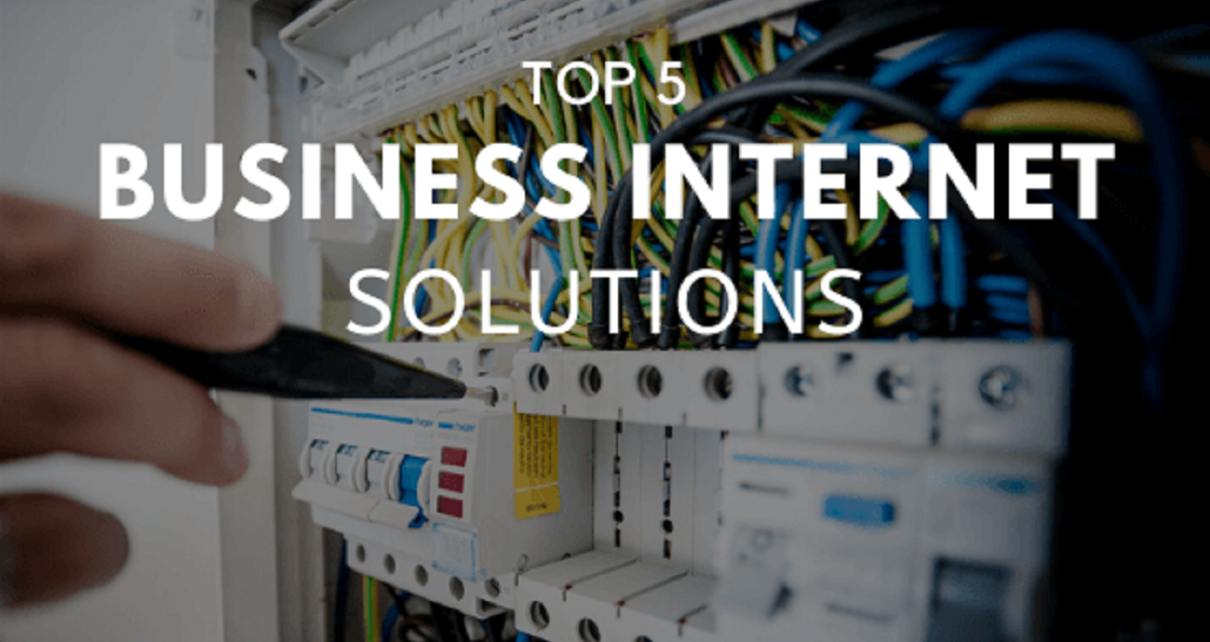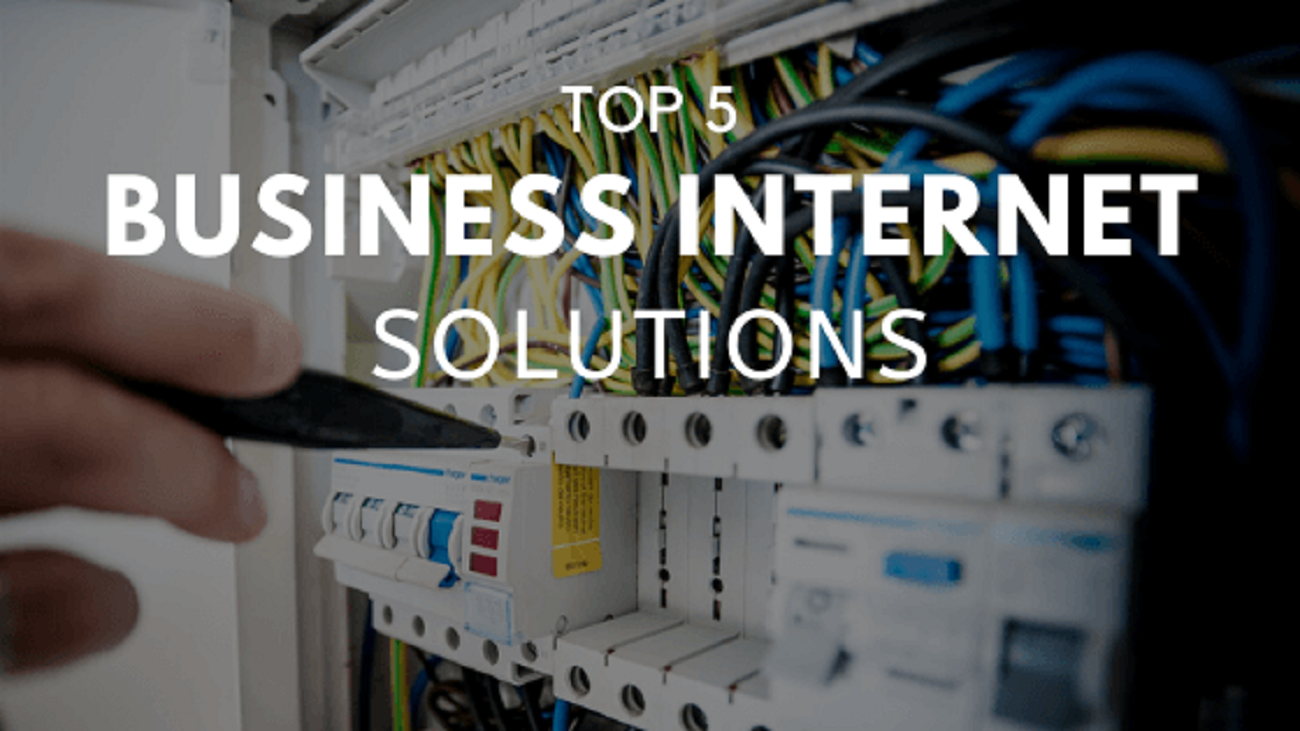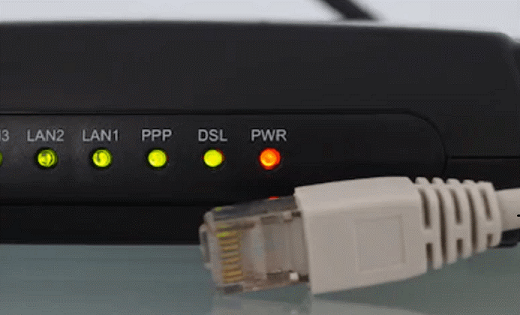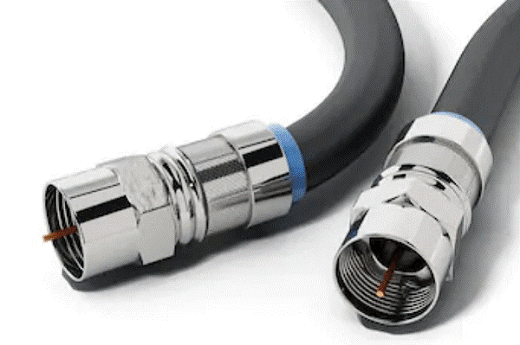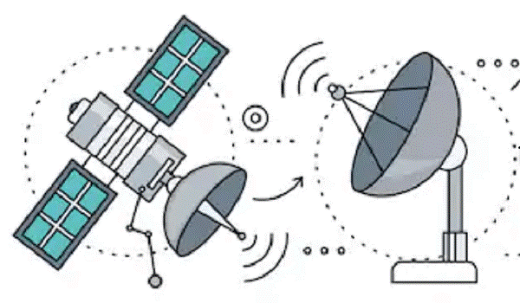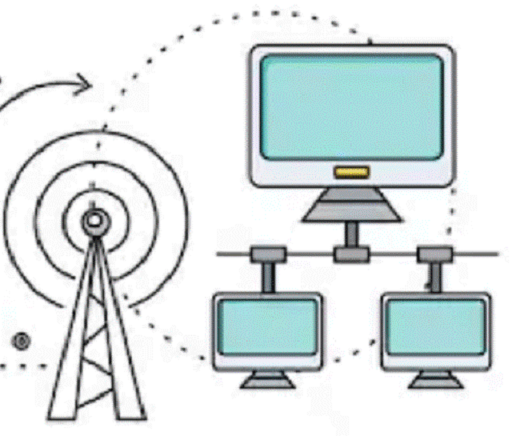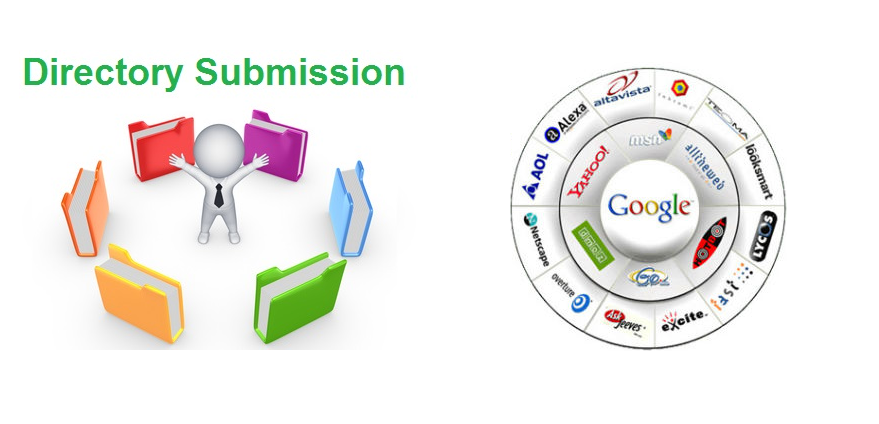Today’s businesses depend on extensively communicating with employees, externally with partners, customers and other entities. Without a reliable data connection, your business will come to a stop for example, fewer sales or transactions, bad customer relationships, position in the market, and ultimately fewer business profits.
For instance, there are a seemingly endless number of business phone and unified communications systems available today, and businesses have the choice of landline or Voice over Internet Protocol (VoIP), and cloud-based hosted phone systems or on-premises solutions. These business phone systems depend on the types of intern service that your business have.
Is It Necessary for A Business to Have Business Internet?
Many businesses do work with a standard connection to save money. There are several benefits to using an online package specially designed for businesses. Now talking about the benefits here are a couple of them:
- Guaranteed uptime, availability, and bandwidth
- More flexible in configurations
- Access to the data center and cloud services
You might also take advantage of an extra level of security that a static internet protocol (IP) address provides. A static internet protocol address is necessary in case a company hosts a host or uses remote access programs like virtual private networks (VPNs).
Top 5 Business Internet Options
There are a few primary types of Business internet connections available today; however, not all those alternatives can be found in every area–of every state in the United States.
1. DSL (Ethernet)
Also known as DSL (digital subscriber line). It’s the cheapest, but it includes the disadvantage of being the least reliable. Ethernet uses local telephone lines for data transmission and is noticeably slower when users are farther from the telephone line setup.
It’s lower than cable and fiber, however the most commonly available, in nationwide coverage. Check out below the types of DSL transmission technologies:
Asymmetrical Digital Subscriber Line (ADSL) – ADSL allows faster downstream data transmission.
Symmetrical Digital Subscriber Line (SDSL) – Used typically by businesses for services such as video conferencing.
2. Cable
These days, everybody can get cable internet access. It might cost a little more than satellite and DSL, but also the faster speeds will be worth every penny to numerous businesses.
With 89% nationwide coverage, the cable service is open to most Americans. The cable internet works by transmitting data through coaxial copper cables designed for TV services.
A coaxial cable offers improved reliability and speed than Ethernet/DSL. However, the Internet speed slows during hours of peak demand since cable bandwidth is shared among local users.
3. Fiber (High-Speed Ethernet, Dedicated Internet)
Fiber-optic online connectivity provides equal upload and download bandwidth and superior scalability, allowing organizations to multiply their speed instantaneously on an everyday basis.
It’s typically a connection with symmetrical upload and download speeds. It transmits the data through light currents and not electricity through plastic or glass cables. This produces the high quality and consistency of one’s online much better than having cable internet or traditional DSL connection.
Fiber optic is a heavy investment, and it’s only open to 25% of Americans. Data is transmitted by fiber at speeds far exceeding current DSL or cable modem speeds, typically by tens of thousands or hundreds of Mbps. The average speed ranges from 10-1000 Mbps.
Telecommunications providers sometimes offer fiber in limited places and have announced plans to expand their fiber networks. The exact very same fiber that the broadband may also simultaneously deliver voice (VoIP) and video services, for example, video-on-demand.
4. Satellite
When there is no other option, and internet access is required. Subsequently, the satellite is for you. Satellite is just a more secure alternative to dial-up internet in rural areas where different types of connections are not available.
Physical and weather obstructions may affect your speeds and bandwidth. Also, download speeds are all okay, however inconsistent and download/upload are slow or also require the use of dialup. Unusable for VoIP due to the upload speeds it provides.
5. Wireless
Wireless internet access is given by smaller businesses that mostly operate in areas where DSL or cable aren’t available. Wireless broadband links a home or business to the Internet using a radio link between the customer’s location and the supplier’s center.
Wireless technologies are employing longer-range standardized equipment to supply broadband service from remote or sparsely populated areas where DSL or cable modem service are expensive to offer.
An antenna is usually required. Whereas speed is comparable to a cable modem and DSL, upload and download speeds vary from 1 to 10 Mbps. The elements affect quality not a fantastic service to use for VoIP, although wireless providers sell the service for their clients.
Price is lower compared to the phone company’s T1 solutions, but usually more than DSL or cable due to the wireless providers are generally not competing contrary to those services.
Tips to Boost Your Business Internet Service
- Select sensibly between copper connectivity, and fiber, cable
- Sign with a Safe ISP to mitigate cyber dangers
- Consider ISP troubleshooting answer and customer support
- Assessing an ISP with upload and download speeds
- Pick a reliable business internet provider
Best Business Internet Providers
It is vital to figure out what service providers are available in your town and what connections they supply. For instance, fiber connections are still relatively new and, therefore, not always available in specific neighborhoods or buildings. This affects the speeds you’ll receive. Some of the most trusted and popular firm web Providers are:
- AT&T Internet
- Verizon
- CenturyLink
- Spectrum Business
- Frontier Communications
- ViaSat
- Comcast Xfinity
Conclusion
In the past several decades in the telecommunications industry, technology and industry communications have evolved. Productivity has been boosted by the development of advanced office phones, cloud-based apps, and services; nevertheless, businesses still desire a growing number of bandwidth.
To help make sure you pick the right internet and voice service provider lookout for more straightforward billing, more accessible service, improved network performance and speedy access via the cloud to new technologies.
It is likewise essential to select the right business Internet service provider. With all these choices, finding the one that is right for your business may be a challenging chore.

